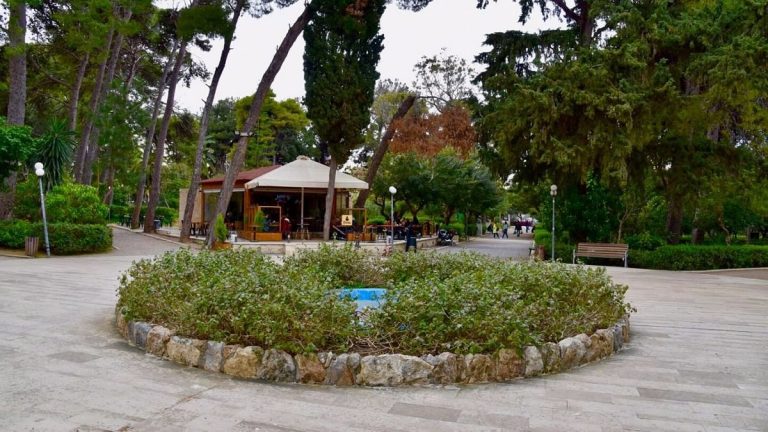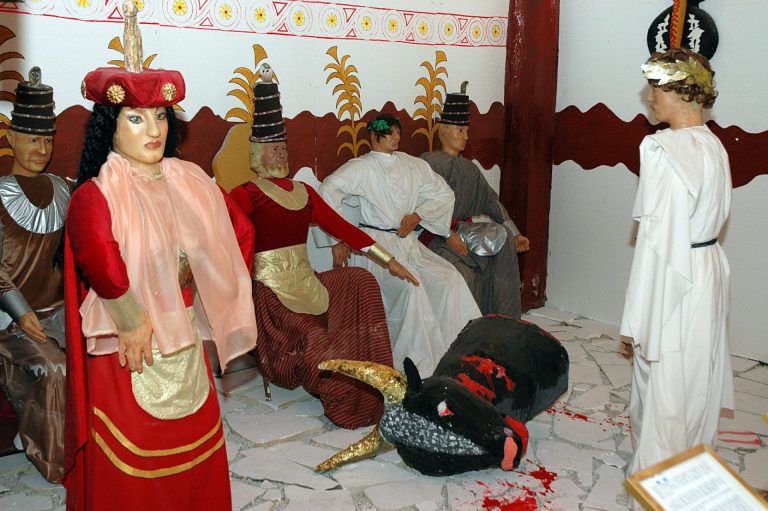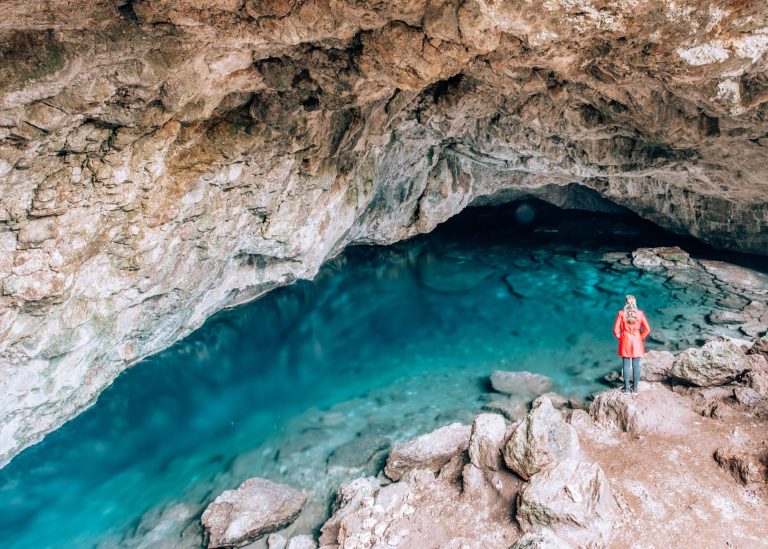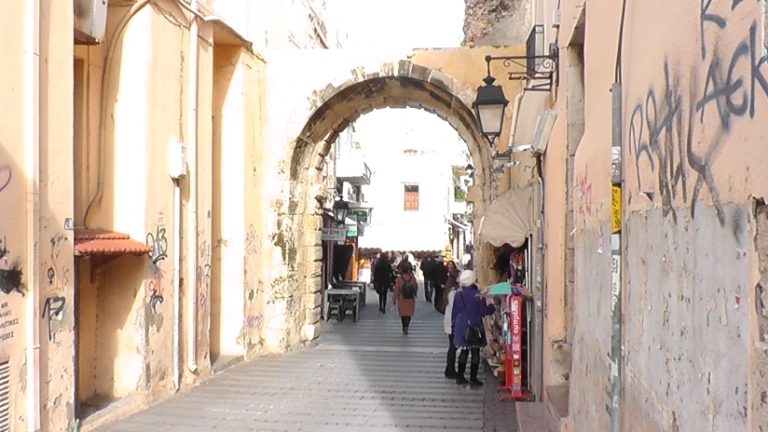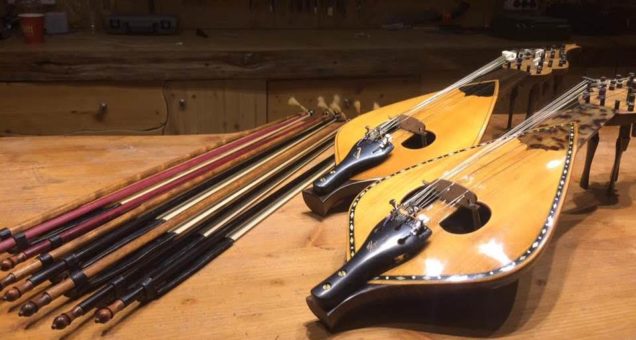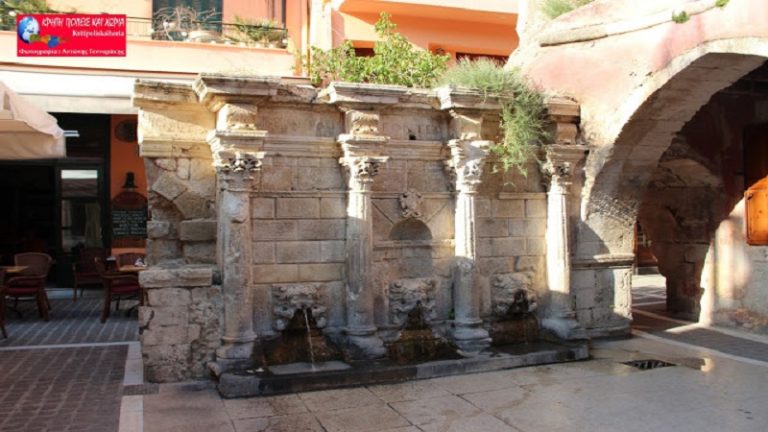Favourite
The lovely Public Garden, which is located in the center of Rethymno Town, is a great treat for visitors of all ages. Within the park, there is a zoo that provides tourists a taste of Crete’s diverse biodiversity. The gardens are beautiful and well-known across Crete, attracting a large number of tourists. The public garden is a great place to Read more…
Favourite
Zoniana is a small town situated at a height of 650 meters on the slopes of Mount Idi, Crete’s highest peak. Zoniana is 45 kilometers from Rethymnon and 43 kilometers from Heraklion, hence it is situated in the middle of the two towns. This village would be a good day trip from both towns, not only because of its bleak, Read more…
Favourite
The Cave of Ideon Andron is located 20 kilometers from Anogia, a tiny traditional town on the boundary of Heraklion and Rethymno prefectures, on the Nida Plateau. According to mythology, here is where the Greek deity Zeus spent his youth. At an elevation of 1,495 meters, the cave is located on the eastern flank of Mount Psiloritis, also known as Read more…
Favourite
The former Venetian and Ottoman dominances have left their imprint on Rethymno in the shape of structures such as the Fortezza and the Big Door, among others. The fortification commands a magnificent panorama of the city and the port beyond. The Big Door stands at the entrance of Rethymno’s Old Town. The entry door is one of the few remaining Read more…
Favourite
The Cretan Lyra Museum is deeply rooted in the island’s culture and music. The lyra is the island’s traditional musical instrument, and tourists will hear it played in all of Crete’s villages, particularly in the interior. This museum is really a Cretan lyra workshop. This workshop was created by Manolis Stagakis, a well-known lyra artist, in 1940. (lyraris). When the Read more…
Favourite
A modest yet wonderfully classical edifice is beside Loggia in Petichaki square, in the center of Rethymno’s ancient town. During Venetian authority, the Rimondi fountain was created in 1626. It was named for the Venetian ruler of the time, A. Rimondi, and it continuously hurled water from three springs in the shape of lion heads, providing a vital source of Read more…
